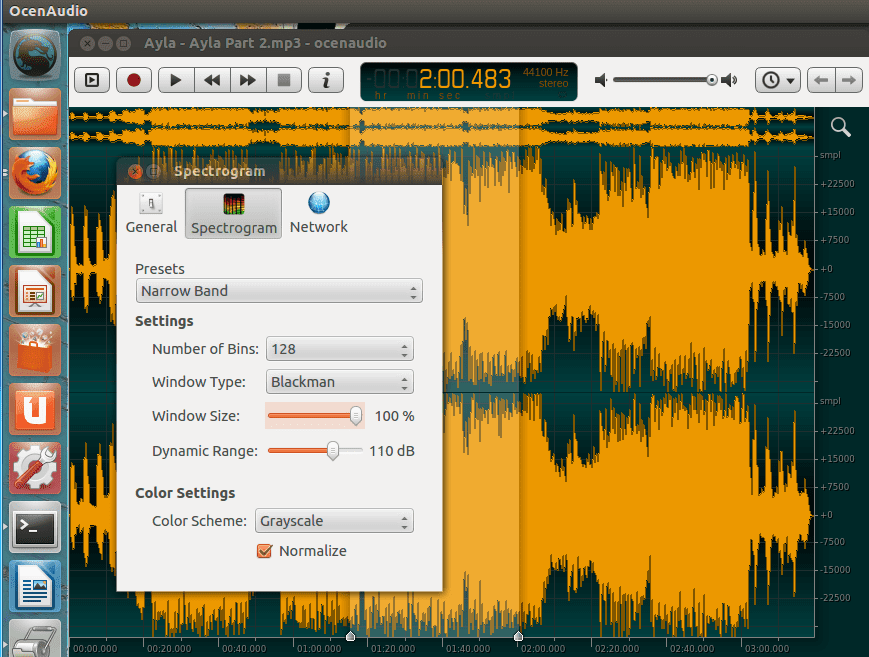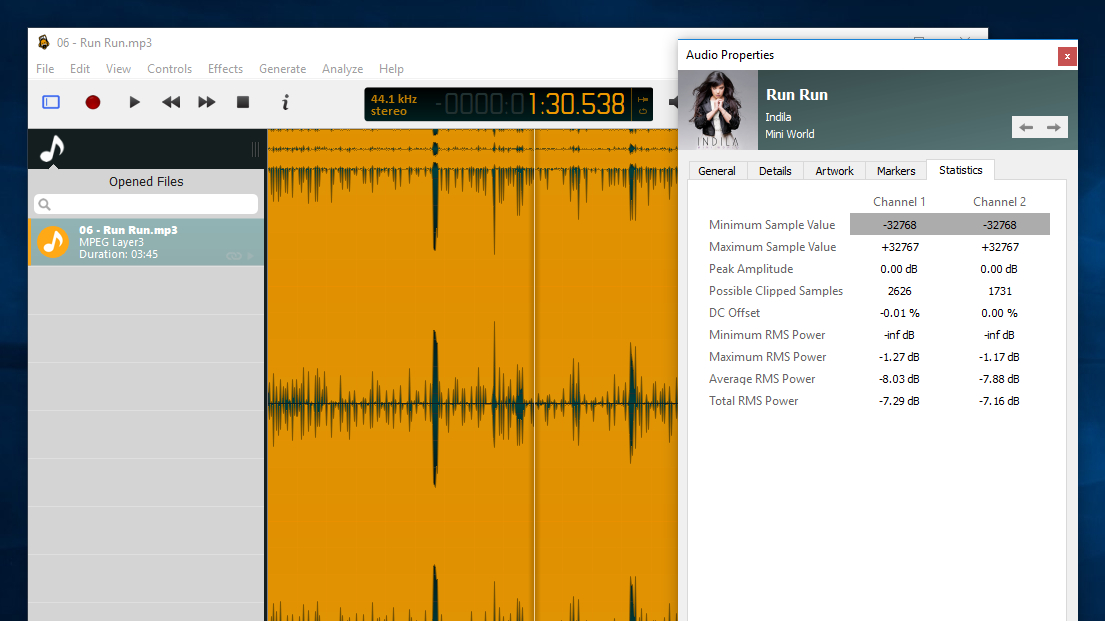

Platforms: Audacity is available on Windows, macOS, and Linux, so to make sure we don’t leave anyone out, most of the programs here support all three platforms as well.Still, we also included a few paid-for programs if you want to dive into some of the more professional options. Fortunately, there are multiple quality editors available for free we’ll be covering today. Price: Being free is a major selling point for Audacity, so naturally, you’re likely looking for something free to replace it as well.We’ve only included one in this article, Ardour, so if that’s a big priority for you, you know where to look first. As we talked about earlier, Audacity is open-source, but there aren’t many other options out there that share this characteristic. While this may not sound like much to an average user, being open-source makes it much easier for people to create third-party add-ons to a program that can add new features.

Open-Source: This means a program’s source code is public and easily modifiable by anyone with the know-how.If you’ve been reaching the limits of Audacity, then we have some fantastic audio-editing powerhouses here that will expand the scope of your work. While the basics like recording audio, multi-track support, splicing and rearranging clips, and applying effects are seen in every program here, some go much further. Because of that, we sought out a variety of software today, ranging from straightforward and easy-to-learn audio editors to industry-standard workstations.

From podcast recording to music creation, people have found plenty of ways to push Audacity’s relatively limited features to the max.


 0 kommentar(er)
0 kommentar(er)
